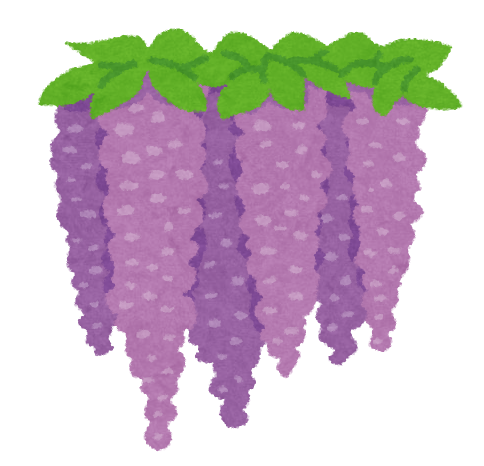Description
The students make groups. Each groups take turns to pick a number, which leads to a question. There’s then a certain amount of talking time where the groups can discuss the answer with each other.
After the thinking time is over, the students can volunteer. The class asks the question to the volunteer. Once they get the right answer, they win or lose points, or cause another group to lose points.
Notes
- In the PowerPoint file, click the numbers in the grid to go to each question. Click the icon in the bottom right hand side of the question slide to show the reward. Then, click on the bottom right icon again to return to the question selection slide.
- When adding your own questions, you can copy the content of the first question slide to keep a consistent format, but please note not to copy the bottom right icon – otherwise every question will link to the same reward!
- Asking for a single volunteer creates quite a high pressure environment. It may help to have the students make groups. Then, the group can be picked to volunteer together.
- Alternatively, again in groups, each student can assign themselves a number. Then, after the thinking time, the teacher calls one number and every student who matches that number from each group can volunteer. For example, if the teacher calls ‘2’, every student who is number 2 can volunteer. This means students can’t know who will be picked beforehand, and encourages peer support.
